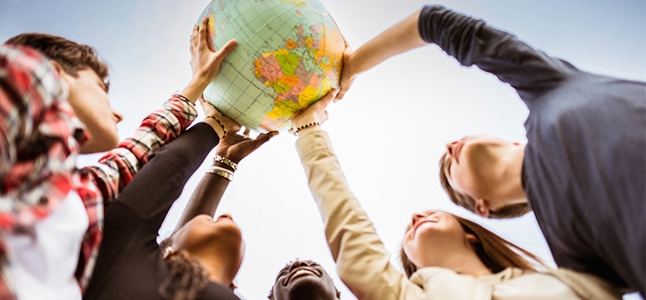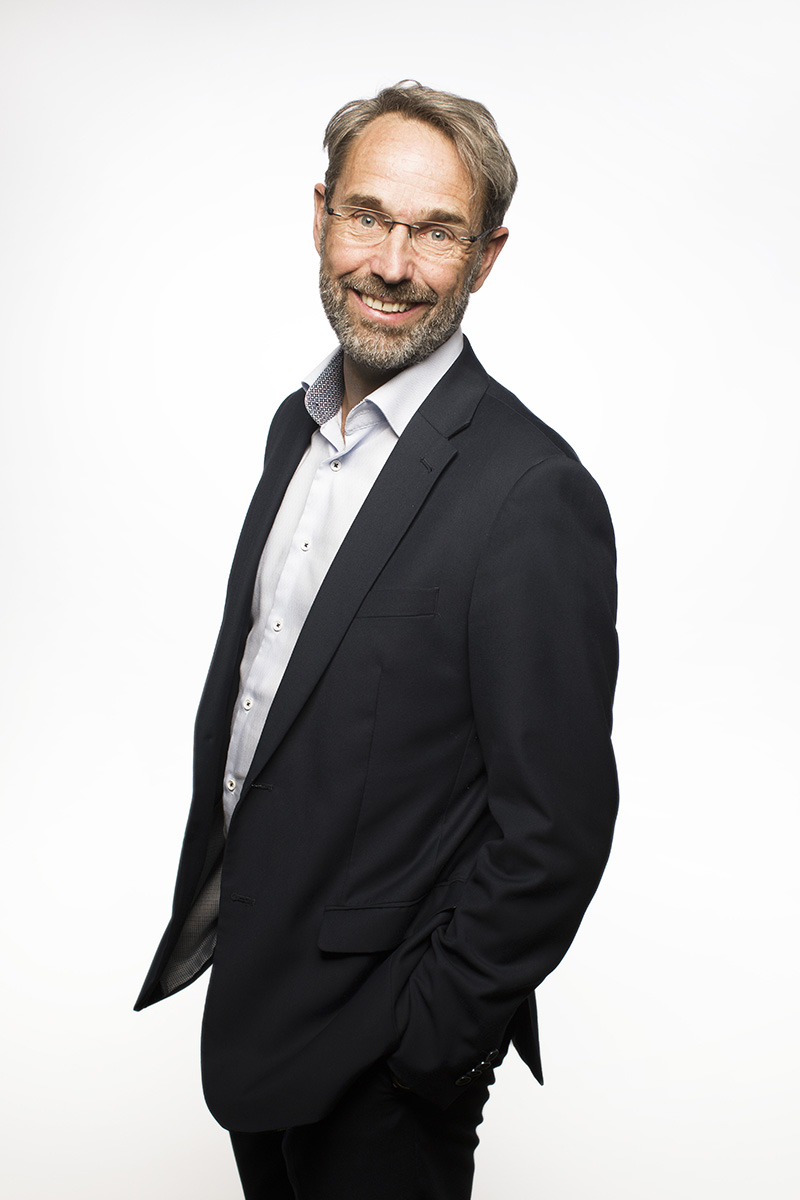On 11 August, the co-facilitators of the process that had to produce the successors to the Millennium Development Goals (MDGs) sent a letter to the President of the UN General Assembly that their mission had been accomplished. In diplomatic speak: an outcome documentcontaining a draft of the Sustainable Development Goals (SDGs) had been adopted by consensus. In the diplomatic universe this means that the Heads of State and Government and High Representatives will rubberstamp the document when they meet at the United Nations Headquarters in New York from 25-27 September 2015 for the UN’s 70th birthday.
In a world where significant parts of the Arab world are involved in violent conflict, where two large Security Council members actively curb freedoms, where the causes of global warming generally seem to be tolerated, and where there’s a lot of other stuff to be depressed about, this is a hopeful document. At least on paper.
Key words are: people, planet, prosperity, peace, and partnership. An excerpt from the lofty preamble:
This Agenda is a plan of action for people, planet and prosperity. It also seeks to strengthen universal peace in larger freedom. We recognise that eradicating poverty in all its forms and dimensions, including extreme poverty, is the greatest global challenge and an indispensable requirement for sustainable development. All countries and all stakeholders, acting in collaborative partnership, will implement this plan. We are resolved to free the human race from the tyranny of poverty and want and to heal and secure our planet. We are determined to take the bold and transformative steps which are urgently needed to shift the world onto a sustainable and resilient path. As we embark on this collective journey, we pledge that no one will be left behind.
It’s all about peace, ending poverty, dealing with environmental degradation, larger freedom (a way to say human rights and democracy without saying it), and doing it together. The document has 17 Goals and 169 targets. For a good quick tour of all the SDGs, see the Guardian. Here I want to focus on the Goal on justice. Goal 16 is to Promote peaceful and inclusive societies for sustainable development, provide access to justice for all and build effective, accountable and inclusive institutions at all levels. Under it lie 10 ambitious and quite diverse targets:
16.1 Significantly reduce all forms of violence and related death rates everywhere
16.2 End abuse, exploitation, trafficking and all forms of violence against and torture of children
16.3 Promote the rule of law at the national and international levels and ensure equal access to justice for all
16.4 By 2030, significantly reduce illicit financial and arms flows, strengthen the recovery and return of stolen assets and combat all forms of organized crime
16.5 Substantially reduce corruption and bribery in all their forms
16.6 Develop effective, accountable and transparent institutions at all levels
16.7 Ensure responsive, inclusive, participatory and representative decision-making at all levels
16.8 Broaden and strengthen the participation of developing countries in the institutions of global governance
16.9 By 2030, provide legal identity for all, including birth registration
16.10 Ensure public access to information and protect fundamental freedoms, in accordance with national legislation and international agreements
16.a Strengthen relevant national institutions, including through international cooperation, for building capacity at all levels, in particular in developing countries, to prevent violence and combat terrorism and crime
16.b Promote and enforce non-discriminatory laws and policies for sustainable development
We see commitment to a number of concepts: rule of law at the national and international levels, accountable and transparent institutions, responsive and participatory decision making at all levels (it does not say of what), participation in global governance, access to information, fundamental freedoms, non-discrimination, and sustainable development. Mixed through this we see commitment to dealing with a number of problems: access to justice, violence, exploitation, trafficking and torture of children, illicit financial and arms flows, the recovery and return of stolen assets, organized crime, corruption and bribery in all their forms, legal identity for all, and, of course, terrorism.
After many years of working in international diplomacy and justice change, lofty goals like this always make me a bit cynical. Within Goal 16, let alone in the SDG document as a whole, I see many goals. This while I was so fond of the simplicity of the 8 MDGs. I also see so many goals for which I find it incredibly difficult to envisage clear indicators for success (the one exception being the legal identity goal). This while the MDGs and the Bill and Melinda Gates Foundation have taught us: clear indicators work.
At the same time, Goal 16 is incredibly hopeful. The most critical justice issues I’d want to see on a global agenda are covered in some way or another. I can picture countless civil society organisations interpreting Goal 16 and its 10 targets and invoking them left, right and center for the next 15 years. I can see state donors, philanthropic foundations, academics and civil society organisations getting together to work very hard on indicators, which will result in a multitude of them. I can see budgets of governments adjusting to many of these goals. I can see Goal 16 seeping into the agenda of other international and regional organisations. It will turn up in the media every now and then. I can even see the Heads of State and Government and High Representatives meeting in 5 years to look at progress.
A key paragraph in the document is the “Follow-up and Review” paragraph. It has a commitment to “engage in systematic follow-up and review of implementation of this Agenda over the next fifteen years. A robust, voluntary, effective, participatory, transparent and integrated follow-up and review framework will make a vital contribution to implementation and will help countries to maximize and track progress in implementing this Agenda.” Sounds good. But this is followed by a worrying paragraph. The follow-up and review processes “will be voluntary and country-led, will take into account different national realities, capacities and levels of development and will respect policy space and priorities. As national ownership is key to achieving sustainable development, the outcome from national level processes will be the foundation for reviews at regional and global levels, given that the global review will be primarily based on national official data sources.” While national ownership and national realities are hugely important, the fact that regional and global review processes can only be based on official national data sources and that there a huge amount of wriggle room in producing those data sources, does not bode well. I can see a group of governments who are quite content with this. At the same time, I am buoyed by reality: I try to fathom how these governments, in this day and age and in the next 15 years, will be able to control data production about their progress or lack of it on Goal 16. My organization is, for instance, already working on a tool to get justice data from social media.
All in all, we should be pleased with Goal 16. It represents progress and tremendous opportunity. We should thank the many people who worked tirelessly to negotiate it.
This blog first appeared on slaw.ca, Canada’s online legal magazine.



